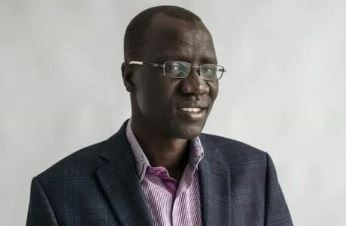Groundbreaking insights into South Sudan’s demographic landscape have emerged from a comprehensive Population Estimation Survey, placing the nation’s population at 13 million.
The survey, conducted by the National Bureau of Statistics (NBS) in collaboration with key government ministries, academic institutions, and international organizations like UNFPA, provides crucial data that is set to reshape policy formulation, decision-making, and development planning in South Sudan.
Dr. Augustino Ting Mayai, Chairperson (Statistician General) of the NBS, emphasized the importance of these findings, saying the survey offers an unprecedented insight into the country’s demographic landscape, which is essential for informed policy-making and sustainable development.
“This study was launched to achieve two main objectives. Firstly, it aimed to provide updated population estimates, as the last census was conducted in 2008 and the data had become outdated,” he explained. “Secondly, the survey was designed to support planning and development activities by delivering the most current demographic information.”
The survey, which comes after the national population and housing census stipulated to take place during the transitional period of the Revitalized Peace Agreement could not take place, reveals critical employment figures across the country. The employment landscape in South Sudan remains deeply troubling, with significant disparities in job access and alarming child labor statistics.
Nationally, only 7 percent of women are employed, while a shocking 93 percent remain unemployed. Men face similar challenges, with just 10 percent of males in jobs, leaving 90 percent out of the workforce.
Even among educated groups, employment opportunities remain scarce. Among those with post-secondary or diploma-level education, only 29 percent of women and 34 percent of men are employed. The situation is nearly the same for university graduates, with 25 percent of females and 29 percent of males securing jobs.
Disturbingly, child labor remains widespread across the country. The survey highlights that 4 percent of children aged 10-14 and 5 percent of boys and 6 percent of girls aged 15-19 are engaged in labor, robbing them of their childhood and education.
These findings underscore the urgent need for targeted interventions to address unemployment and child labor, ensuring a brighter future for South Sudan’s population.




